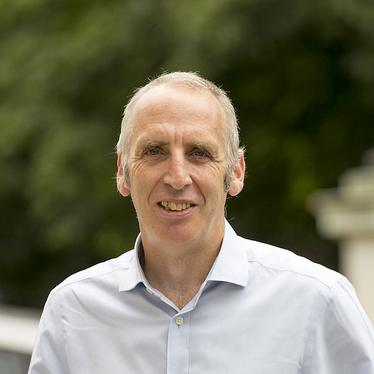Introducing the Collection Design Project
We'll be using our site to explain, discuss and invite challenge on our emerging approach to data collection and onward use.
Welcome to our first blogpost about the collection design project. We'll be using our site to explain, discuss and invite challenge on our emerging approach to data collection and onward use. This will include draft schedules and specifications, open questions, review points and frequently asked questions.
The headline – as anyone who has worked with the data landscape project will know – is the move to in-year collection. There is significant work to do within this project to understand the best way to achieve that.
The headline is the move to in-year collection.
We are working with a basic premise that the “demand-side” (funding councils, government and other statutory bodies) and the “supply-side” (HE providers of all types) will have different priorities and requirements for data collection and onward use, and that these may change over time. We believe there is value in redesigning the collection schedule beyond reducing the burden of overall collection (and we’re also clear that’s something we need to work with you on).
The first series of workshops with the HE providers will unpick the pros and cons of these approaches, to match them to the existing and known future requirements for any collection specification.
The project runs until February 2017, by which time we will publish an outline schedule and associated specification for each collection point. We will be working very closely with all of our stakeholders on the demand and supply sides to create something that can be realistically implemented in the wider Data Futures timeline, but is also flexible enough to support the many differing, and sometimes, competing requirements.
One of the critical success factors of this project is to give the sector confidence this design is fit for purpose and within the capabilities of all to implement.
One of the critical success factors of this project is to give the sector confidence this design is fit for purpose and within the capabilities of all to implement.
I am leading this project with support from many HESA colleagues, and others in the sector. I’m very much looking forward to meeting as many of you as possible, understanding your requirements and concerns, providing context and richness to the existing model and building a collection schedule and specification that is fit for purpose.
In my next blog, I’ll report back from the initial four workshops and publish the timeline for review of the early work around schedule, specification and quality aspirations.
View the workshop slides (*.pdf)
Please contact us with any feedback or comments: [email protected]

Alex Leigh
